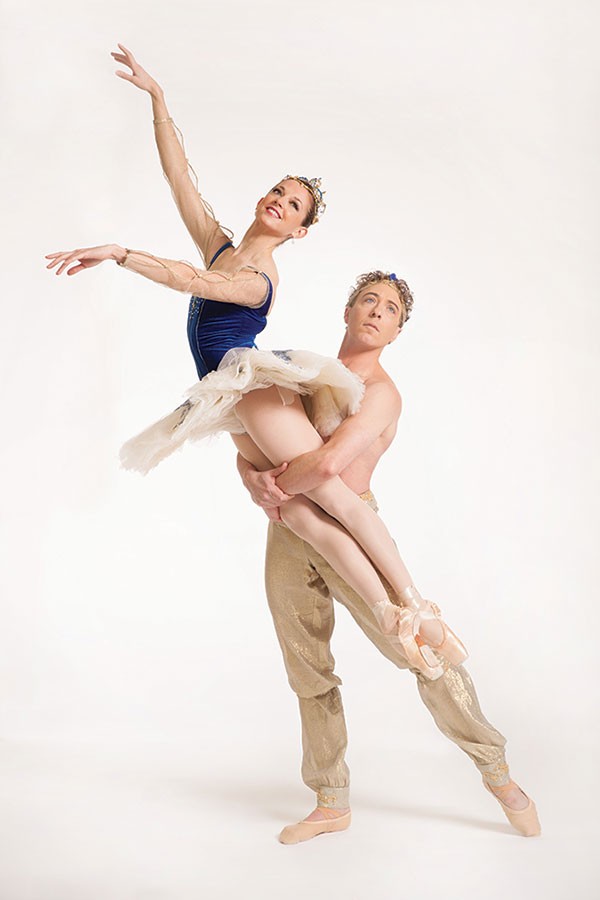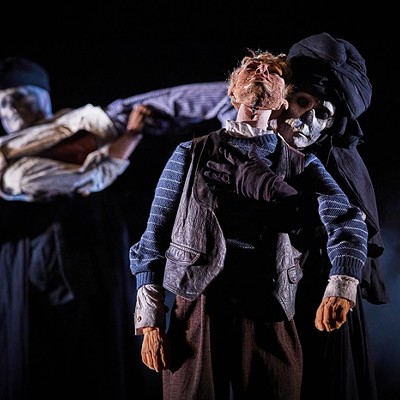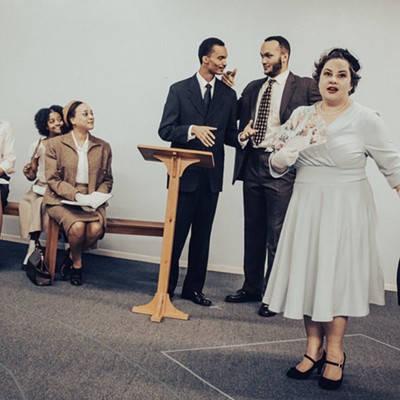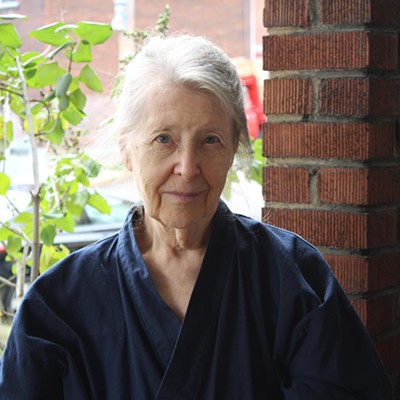Continuing its string of “big ballets” over the past few seasons, Pittsburgh Ballet Theatre sets sail with the high-seas epic Le Corsaire (“The Pirate”), April 15-17 at the Benedum Center.
Loosely based on Lord Byron’s poem “The Corsair,” the ballet premiered in 1856, in Paris, with choreography by Joseph Mazilier to a score by Adolphe Adam. While Adam’s score has remained, most modern productions (including PBT’s) are after choreographer Marius Petipa’s 1899 revival.
With a storyline that reads like a mashup of classic story-ballet motifs, Corsaire’s plot has often been described as convoluted. “It’s really not,” says Anna-Marie Holmes, who set the ballet on PBT. “It’s the story of pirates that come into Turkey and their leader, Conrad, sees this beautiful slave girl, Medora, he really likes and wants to take away. There is a rich pasha that also wants to buy her so Conrad kidnaps her and then there is a shipwreck at the end where almost everyone dies.”
While Holmes might be simplifying the three-act ballet’s action-packed, humor-filled plot, the sporadically seen ballet remains an audience thriller with its nonstop virtuoso dancing — enough to fill several ballets.
Newly promoted principal dancer Hannah Carter is a third-year company member from England who will dance the role of Medora (on April 15 and 17). Of the ballet’s dancing, she says: “It’s very beautiful, classical ballet technique which I absolutely love, but is so very difficult to do.”
With a cast of 75, the two-and-a-half-hour ballet is large in scope with beautiful sets and costumes and “there is a lot of very difficult male dancing in it with big jumps,” says Holmes.
One of those high-flying male roles is Ali the slave, made famous by Rudolf Nureyev in 1962. Luca Sbrizzi says of Ali’s bravura dancing in a second act pas de trois, “It is one of the hardest male variations, period.” Sbrizzi, who has also been promoted to principal dancer for next season, was to dance the role but an injury recently sidelined him. In his place, corps member Ruslan Mukhambetkaliyev (April 15 and 17) will perform the coveted role along with principal dancer Yoshiaki Nakano (April 16).















